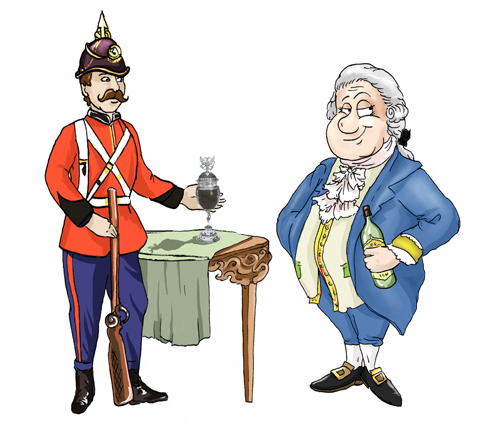
Silver made in Germany has had many different silver standards over the centuries. Originally, silver was divided into 16 parts, or Lothige, with 12 (.750) or 13 (.812) being the most common purity marks used. In 1888, the crown and crescent moon mark was adopted, along with the new .800 silver standard. Higher purity standards were used on Royal, special order or exported silver. Since the mid 20th century, the sterling (.925) standard is usually used.
What’s interesting, is that the sterling standard originated in Germany in the 12th century. England first adopted this “Easterling” standard (meaning from the east) during the reign of Edward I in 1300. When the first two letters (Ea) were dropped in 1343, the term “Sterling Silver” was adopted.

